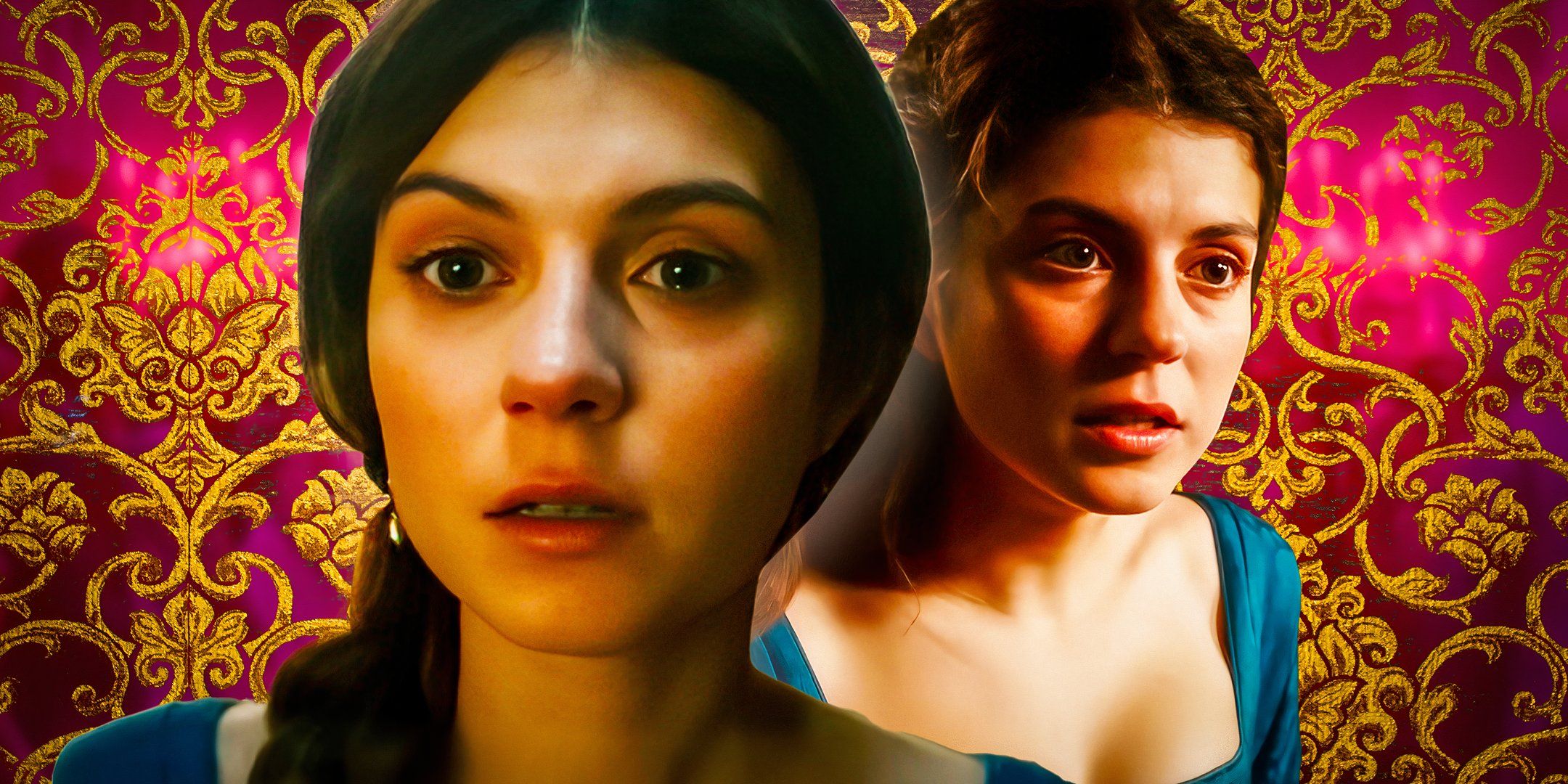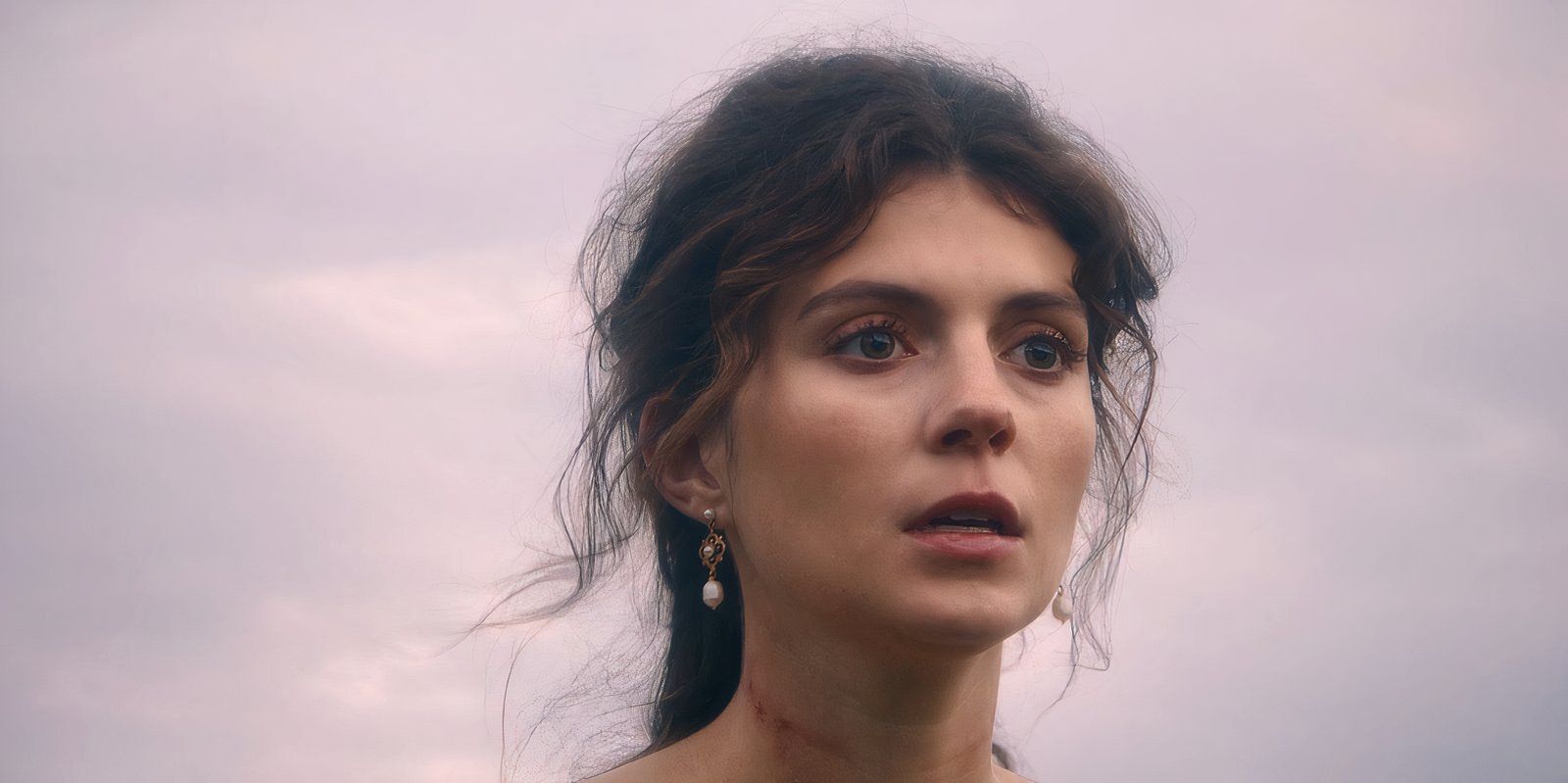
My Lady Jane is a historical fiction based on actual events in Tudor England. While My Lady Jane’s characters and royal structure are rooted in fact, the show itself takes many creative liberties.My Lady Jane describes itself as a “radical retelling of English royal history, in which King Henry VIII’s son Edward does not die of tuberculosis, Lady Jane Grey is not beheaded, and neither is her rascal of a husband Guildford.” The actual history or the era is recapped briefly in the introduction to the pilot episode, which then sets up the series’ intrigue, which revolves around the possibility of an alternate history.
The show is based on the historical fiction book of the same name by Brodi Ashton, Cynthia Hand, and Jodi Meadows. In the book and series, My Lady Jane’s characters are either Ethians or Verities, with the Ethians being the humans that can transform into animals, which the regular humans, or Verities, hate. My Lady Jane ends with Jane and her husband Guildford overcoming the differences between the two breeds. But in real life, the people whose lives inspired the show were not always so lucky, especially without the presence of shape-shifting animals.
Is Lady Jane Grey A Real Person? Who Amazon’s My Lady Jane Is Based On
Jane Grey Was Known As The Nine Days’ Queen

Lady Jane Grey was a real person and was known as the Nine Days’ Queen. She was the queen of Ireland and England from July 10 through 19, 1553. As in the series, the real Jane Grey was the great-niece of King Henry VIII and took over the throne from her King Edward. Jane was chosen for the crown because of her Protestant beliefs when she was 16 years old. And, like in the show, Jane was married to Lord Guildford Dudley at that time.
She was partially educated by King Henry VIII’s widow, Katherine Parr, who helped teach her more about the cultured lifestyle.
Like her character in the show, the real Jane Grey was highly educated and spoke several languages. Through her father and tutors, Jane was exposed to Protestantism, which set her apart at the time. She was partially educated by King Henry VIII’s widow, Katherine Parr, who helped teach her more about the cultured lifestyle. Though the fictional Jane was able to maintain her independence, apart from an arranged marriage, the real Jane Grey spent much of her youth living with different upper-class families to help improve her family’s social status.
How The Real Lady Jane Grey Differs From Emily Hader’s Heroine
The Show’s Ethians Are One Main Difference


The main difference between the world of My Lady Jane and the real-life story of Jane Grey is the presence of the shapeshifting Ethians, who did not exist in real life. In the series, it is her advocacy for Ethian rights that alienates Jane. In real life, her religious stance made her Edward’s prime candidate for the heir and eventually led to her downfall under the Catholic Queen Mary. The show creates new lore rather than diving into the real religious differences of the period. Also according to the show, Anne Boleyn, one of Henry VIII’s wives, was also an Ethian.
In My Lady Jane, Jane’s death sentence was to be a punishment for treason, as in real life. By accepting the queenship and embracing the royal power, the fictional Jane was supposedly acting against the queen, committing treason. After her trial, however, the fictional Jane is declared innocent, a difference the narrator draws attention to by saying, “That’s right. Innocent. I told you we were changing history.” When she is sentenced to execution later in the series, the Ethians come to her rescue, which did not happen in real life.
My Lady Jane is available to stream on Amazon Prime Video.
What Happened To The Real Lady Jane Grey
The Real Jane Grey Was Sentenced To Death

As noted in the show, the real Jane Grey was not deemed innocent of treason and was sentenced to death. Due to religious differences, she was deposed when Mary became queen on July 19, 1553. While she was initially to be spared from execution, she soon became a threat as a symbol of Protestant power and was sentenced to beheading, along with her husband. As in the show, Jane went to the Tower of London before her execution. In real life, Jane was held as a prisoner in the Tower and was convicted of treason several months later.
Jane’s father, who was absent from the series, was also present in the Tower of London. According to Brittanica, he was initially pardoned, but Jane was still to die. Though her sentence was slowed, with the minor hope that she might too be pardoned, her father’s participation in another rebellion sealed Jane’s fate. In early 1554, the real Jane Grey and her husband, Guildford Dudley, were beheaded. Since then, many have found her compelling and sympathetic character with an engaging story.
Even though Jane Grey’s actual fate was unfortunately different from that of her fictional counterpart, My Lady Jane pays special attention and tribute to the real history of the times. The characters and relationships, though heightened, remain realistic and crucial to the story. My Lady Jane has the unique opportunity to highlight the short and tragic life of a lesser-known figure and tell her tale despite historical inaccuracies.


